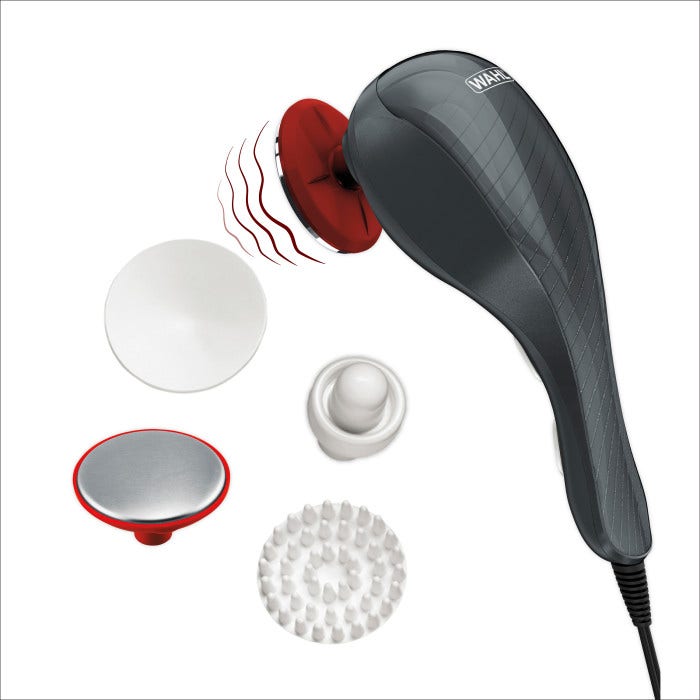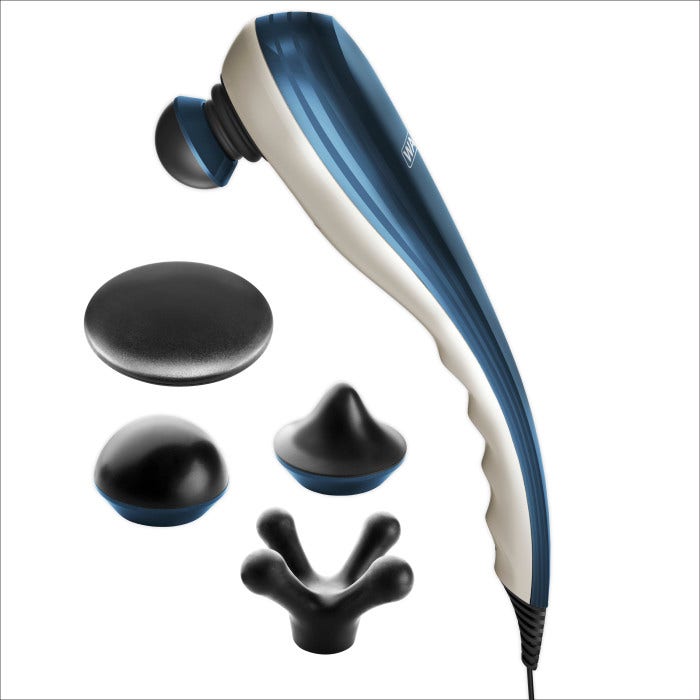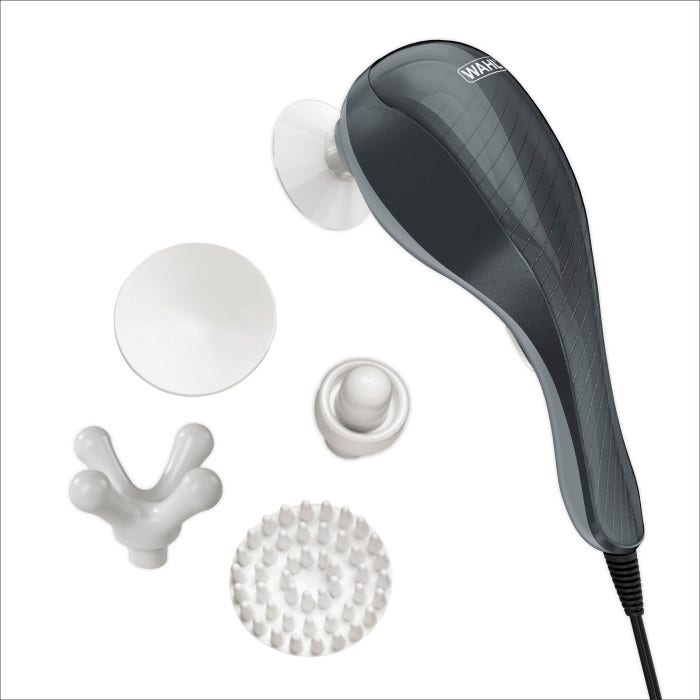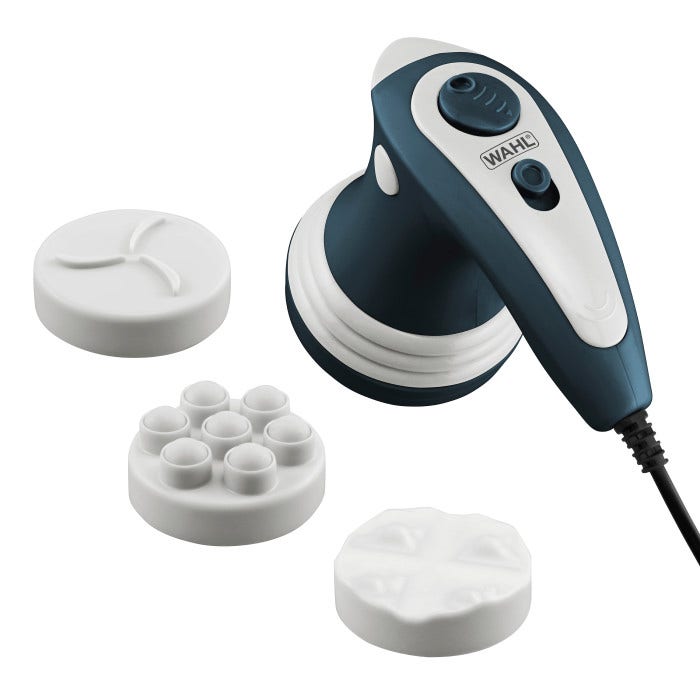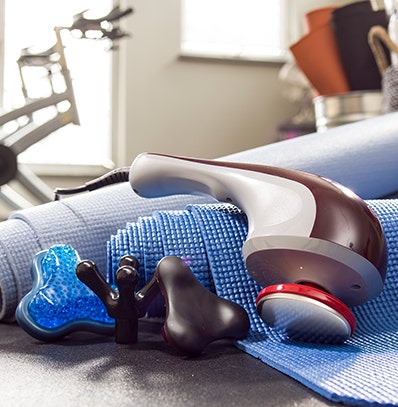
How to Use Massage to Relieve Arm & Hand Pain
Whether it’s from work, workouts or a chronic condition, massage and stretching can help improve circulation, which often reduces arm and hand pain.
How to Massage Hands & Arms Step-by-Step
-
1
When massaging the arms, start at the end of the shoulder blade and work your way down to the fingertips.
-
2
There are two methods of massaging the arms: using short strokes to work down from the shoulder to the elbow, and then from the elbow to the wrist. Or, using long strokes to massage from the shoulder to the wrist continuously. Try both and see which method works best for you.
-
3
Massaging the back of the hand is not recommended. However, massaging the inside palm of your hand and fingers toward the tips is allowable.
What to use
Need help deciding what you need?
Where you hurt and why you’re hurting are two key factors in deciding which massager is best for your specific pain relief.
Product SelectorTips for Using Handheld Massagers
Prioritize Recovery

Rest and/or active recovery: First of all, ease into workouts. If you haven’t been working out on a regular basis, going full throttle right away, particularly with consecutive-day workouts, is going to result and aching muscles.
Hydration is Key
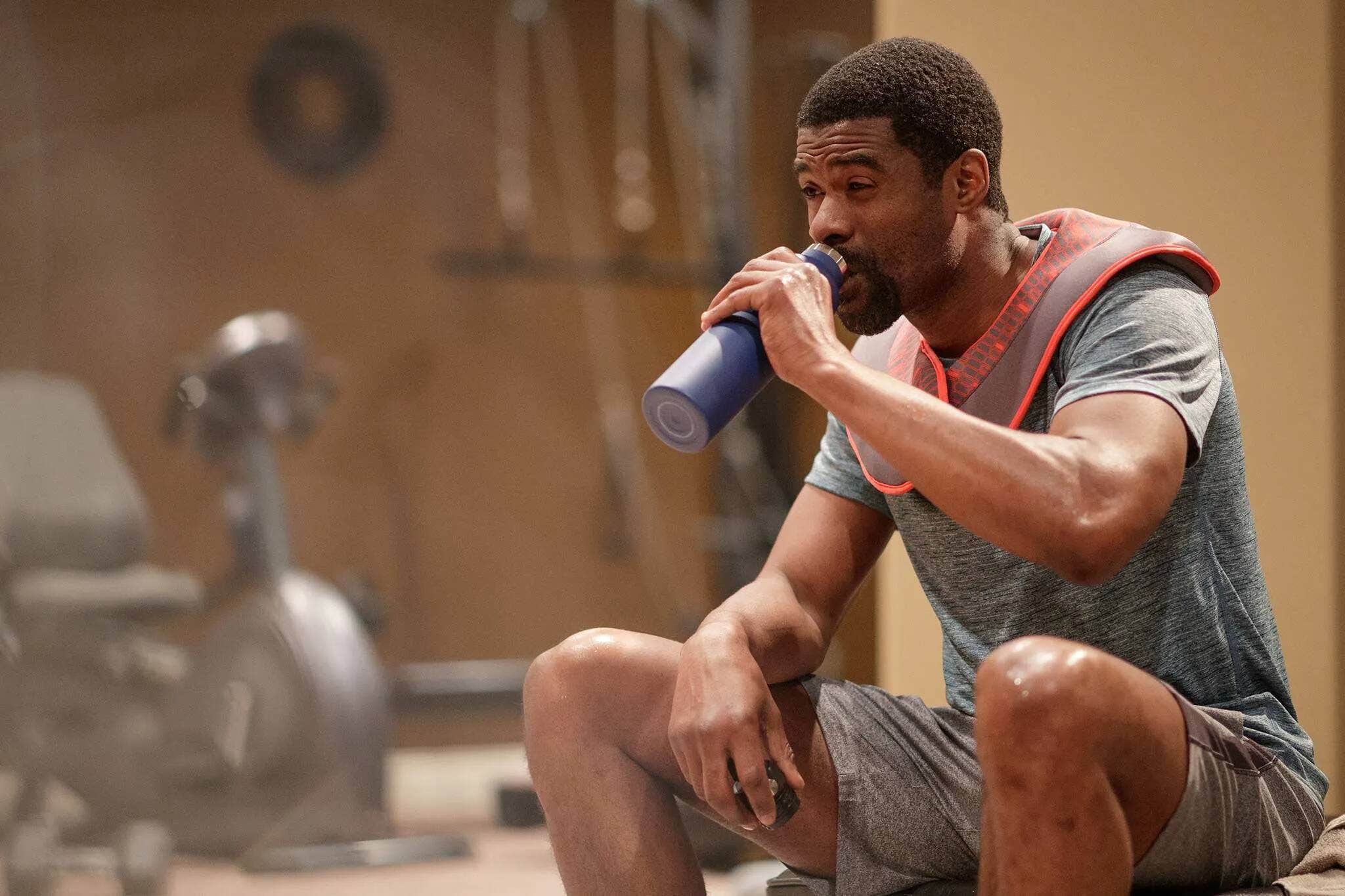
Hydrate: Drinking water during and after exercise helps the body rid itself of toxins, while fighting off dehydration, which can result in painful muscles and excruciating muscle cramps.
Eating Properly
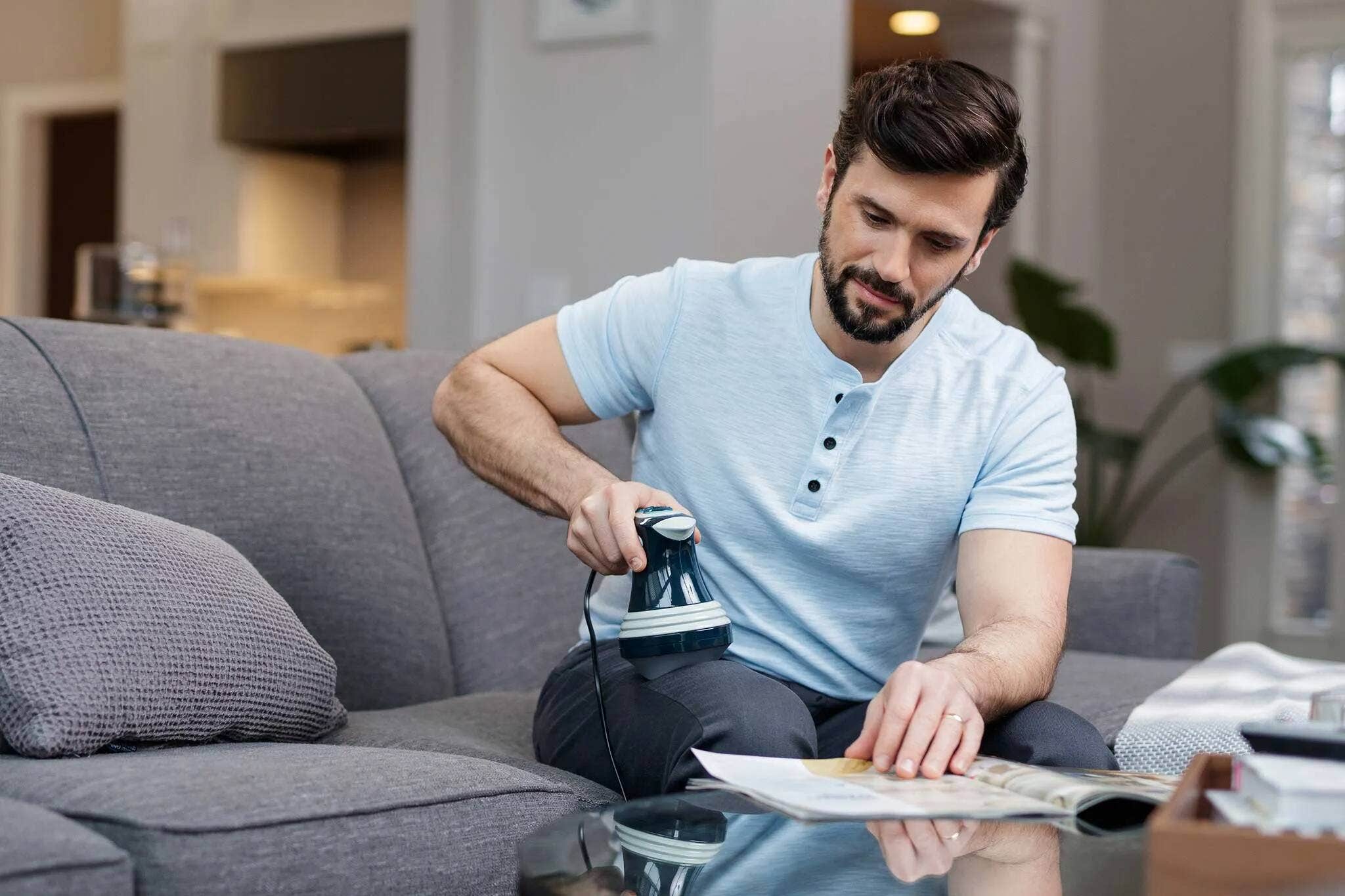
Proper nutrition: Protein sources are necessary to rebuild muscle tissue and fuel the function of various cells, tissues and enzymes. Carbohydrates are vital, as well.
Related Videos


 India (English)
India (English)
 Middle East and Africa (English)
Middle East and Africa (English)
 South Africa (English)
South Africa (English)
 Australia (English)
Australia (English)
 Japan (日本語)
Japan (日本語)
 South East Asia (English)
South East Asia (English)
 Singapore (English)
Singapore (English)
 Europe (English)
Europe (English)
 United Kingdom (English)
United Kingdom (English)
 Argentina (Español)
Argentina (Español)
 Brazil (Portuguese)
Brazil (Portuguese)
 Colombia (Español)
Colombia (Español)
 Latin America (Español)
Latin America (Español)
 México (Español)
México (Español)
 Chile (Español)
Chile (Español)
 Peru (Español)
Peru (Español)
 Canada (English)
Canada (English)


